Troubleshooting Google Pixel Phones: Overheating, Battery Drain, and More
Google Pixel phones face overheating, battery drain, network reception, and launch day bugs. To succeed, Google must address these issues and expand market availability in 2023.
Google Pixel phones, while not matching the sales numbers of Samsung's top-tier offerings, have experienced a resurgence in recent years. In 2023, Google is making a concerted effort to prioritize its hardware, particularly with the rumored significant changes coming to the Pixel 8 series. As a dedicated Pixel fan who has experienced frustrations with the Pixel 6 and Pixel 7, it's crucial that Google addresses some long-standing issues with its upcoming Pixel devices.
1. Overheating Woes: The Tensor Chip Dilemma
Despite Google's prowess in AI and machine learning, the first-gen Tensor chip that powered the Pixel 6 series was far from ideal. The situation improved somewhat with the Tensor G2 in the Pixel 7 series, thanks to several efficiency-focused changes. However, these improvements were not sufficient to eliminate overheating issues, which can render the Pixel 7 unusable under moderate to heavy workloads.
This problem is exacerbated in regions with hot climates, as the Pixel 7 Pro has been known to overheat during regular activities like web browsing or taking pictures under direct sunlight in India's scorching summers. These complaints are not isolated incidents; online forums are filled with reports from Pixel 7 users experiencing similar overheating problems.
Considering the increasing prevalence of extreme temperature events due to climate change, it's imperative that our smartphones remain functional under challenging conditions. While it's understandable for phones to heat up during resource-intensive tasks like gaming in high temperatures, they should not overheat during regular use.
This issue becomes even more glaring when compared to competitors like the Samsung Galaxy S23 Ultra and OnePlus 11, which offer solid battery life and remain relatively cool under heavy workloads. With the Pixel 8 series rumored to feature the Tensor G3 chip utilizing Samsung's 4nm fabrication process and more efficient CPU cores, there's hope that overheating won't be a recurring problem. Anything less would be unacceptable, especially when other Android phones have made significant improvements in this area.
2. Battling Battery Drain: A Persistent Issue
Battery life has never been a strong suit for Pixel phones. While the Pixel 7 showed some improvements over the 2021 Pixel 6, its battery life still falls into the "average at best" category. Random battery drains, a common issue with Pixel devices, further exacerbate the problem. These drains have been caused by various factors, from a pesky Google Messages bug in April 2022 to a bug in the Google app in May 2023, and issues stemming from the June 2023 Feature Drop.
These occurrences are not exceptions but rather the norm for long-time Pixel users. While some problems can be resolved with a simple restart, others require updates from Google's end, either to the operating system or Google Play Services. While subpar chipsets or modems can contribute to high battery drain, Google's software quality assurance must be held accountable. With the Pixel 8, Google must elevate its game to ensure that random battery drain issues do not periodically disrupt the user experience.
3. Network Reception Woes: Modem Mishaps
The Pixel 6's Tensor G1 chip faced criticism not only for overheating but also for its Exynos 5123 modem, which struggled with poor network reception and slow download/upload speeds. The Pixel 7 made an upgrade to the Tensor G2 chip with an Exynos 5300 modem, which improved performance but still fell short of the competition. Complaints from Pixel 7 users about poor network service are widespread, including network and call drop issues in challenging situations, excessive battery drain while using mobile data, and the device becoming warm during usage.
In a world where smartphones should excel in network performance, it's disappointing that users have to contend with these issues in 2023. Phones with Qualcomm's Snapdragon modems consistently offer better network reception, especially in areas with weak signals. While rumors suggest that Google will continue to use the Exynos 5300 modem in the Tensor G3 chip, it should be paired with newer firmware and support for the latest 5G standards. Coupled with improvements in antenna layout and other areas, this could help the Pixel 8 series perform better in network reception compared to its predecessors.
4. Launch Day Bugs: Patience Wearing Thin
Launch day bugs have become somewhat of an industry norm, with most companies releasing software updates to address issues shortly after a smartphone's release. However, Pixel devices have been plagued by more than their fair share of launch day bugs, with Google taking its time to resolve them. For instance, the Pixel 7 series launched in mid-October 2022, but it took several months for Google to resolve janky scrolling issues reported since day one.
The situation was even worse with the Pixel 6's launch in 2021, as it suffered from a range of issues, including a ghost-dialing bug, external DAC usage problems, Wi-Fi issues, and more. While bugs are expected, the key is how quickly manufacturers can address and resolve them. With the Pixel 8 series, it is imperative that Google enhances its software quality assurance and minimizes launch day bugs to ensure a smoother user experience.
5. Expanding Market Reach: Accessibility Matters
Unlike Samsung's and Apple's phones, which are available in almost all major markets worldwide, Pixel phones have a limited presence. This was acceptable when Google seemed content with a niche market share, but it no longer appears to be the case. For the Pixel lineup to thrive, Google must make its phones available in more markets.
The Pixel 7 series took a step in the right direction by launching in 17 countries, a notable increase from the Pixel 6's nine launch markets. With the Pixel 8, Google should continue to build on this momentum and further expand its lineup to reach more countries and regions.
Market availability is just one piece of the puzzle. Even in countries where Pixel phones are available, they may only be accessible through select retailers, limiting options for consumers. Google must work on expanding availability through official channels, such as its online store, and offer a wider range of storage options to meet user preferences.
In conclusion, while Google has made significant strides with the Pixel 6 and Pixel 7 series, there are lingering issues that need to be addressed. With the Pixel 8 series on the horizon, it's essential for Google to tackle overheating problems, battery drain issues, network reception challenges, launch day bugs, and accessibility constraints. By doing so, Google can ensure that its Pixel lineup reaches its full potential and delivers a top-notch user experience in 2023 and beyond.



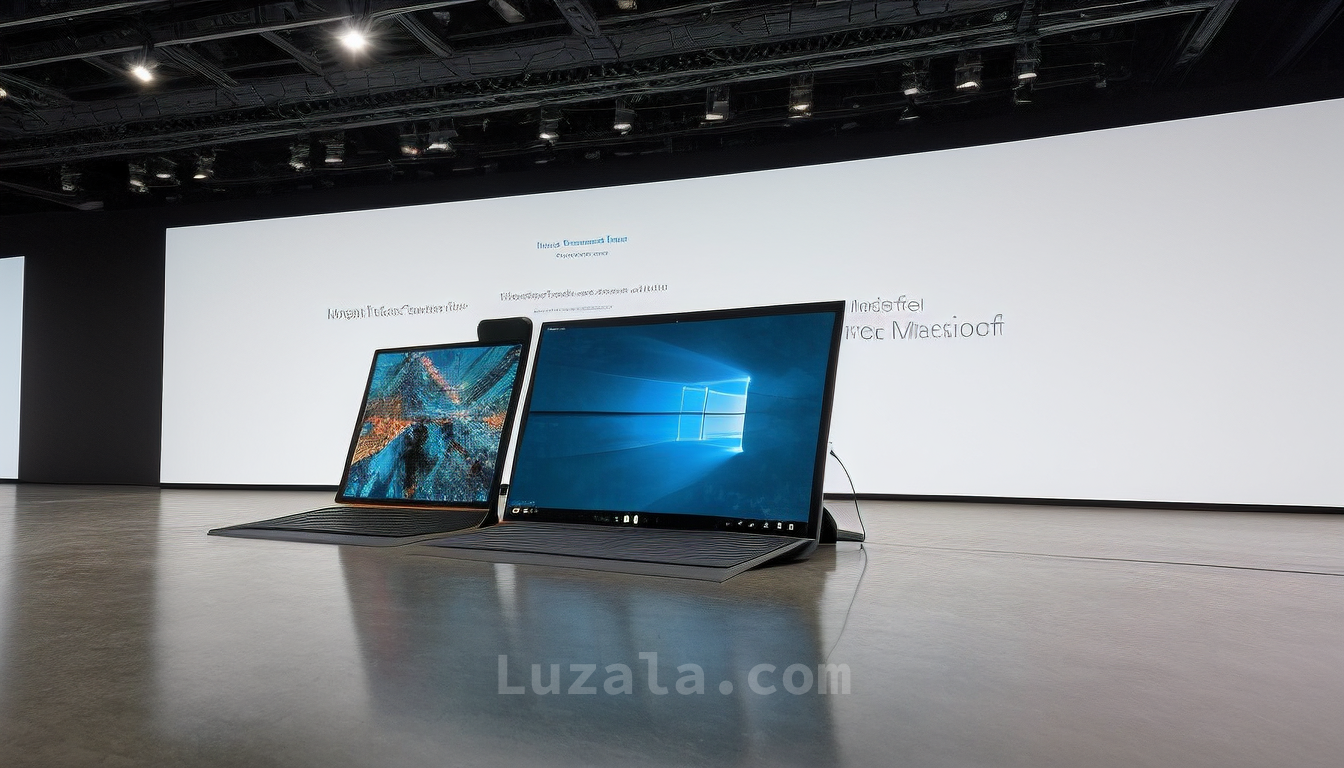
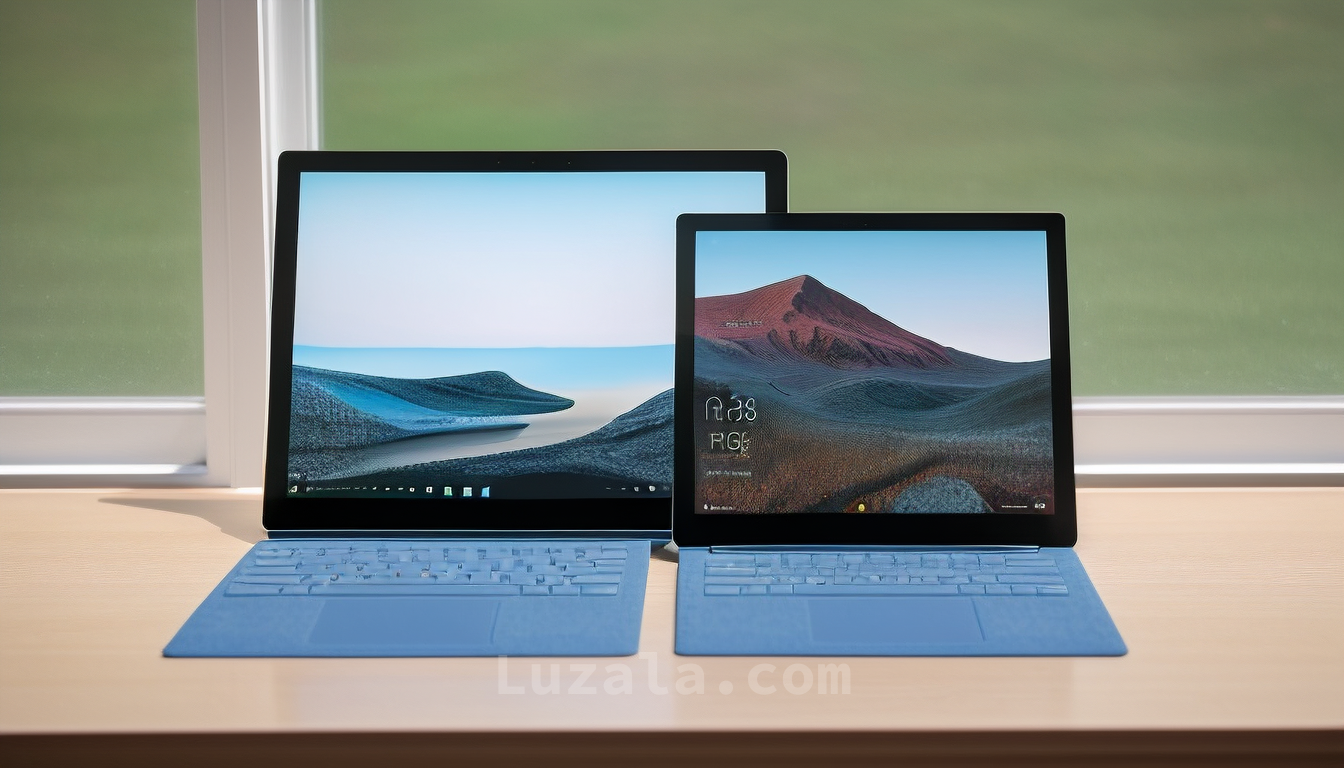

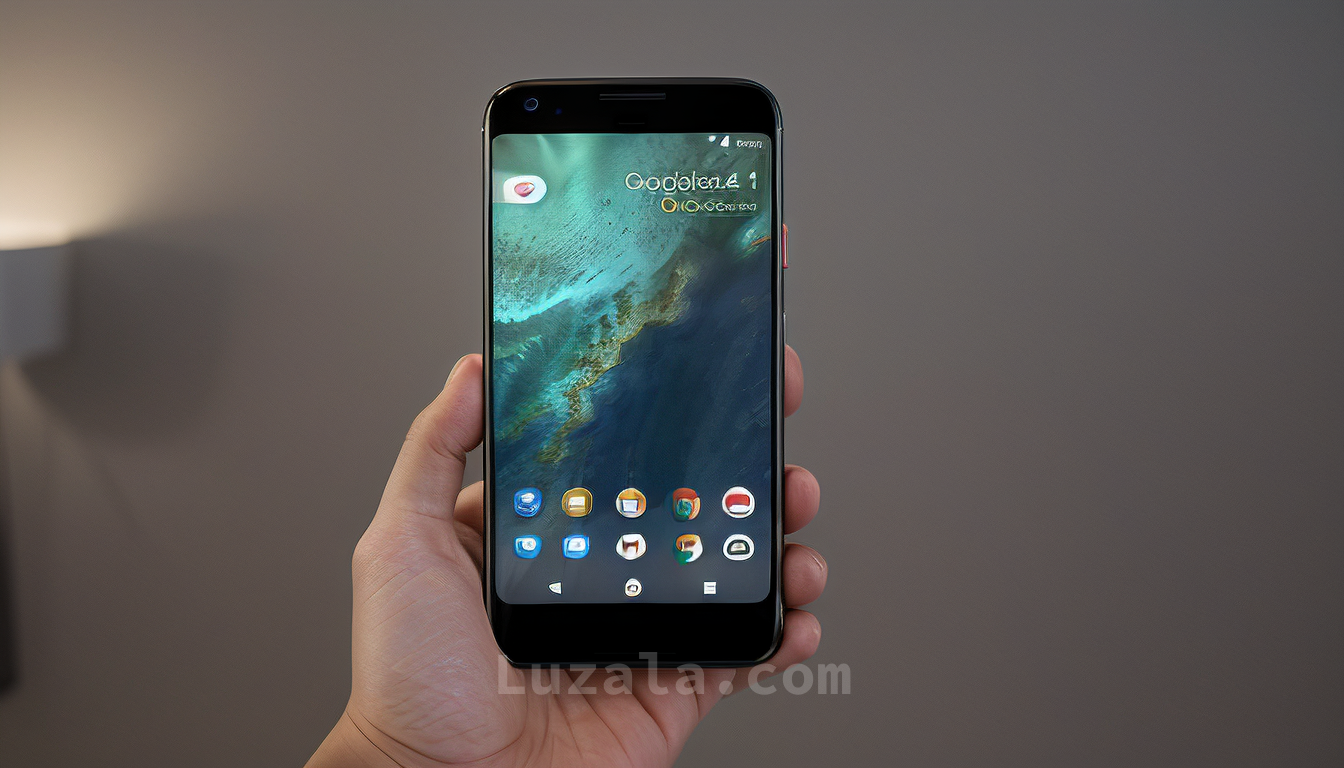

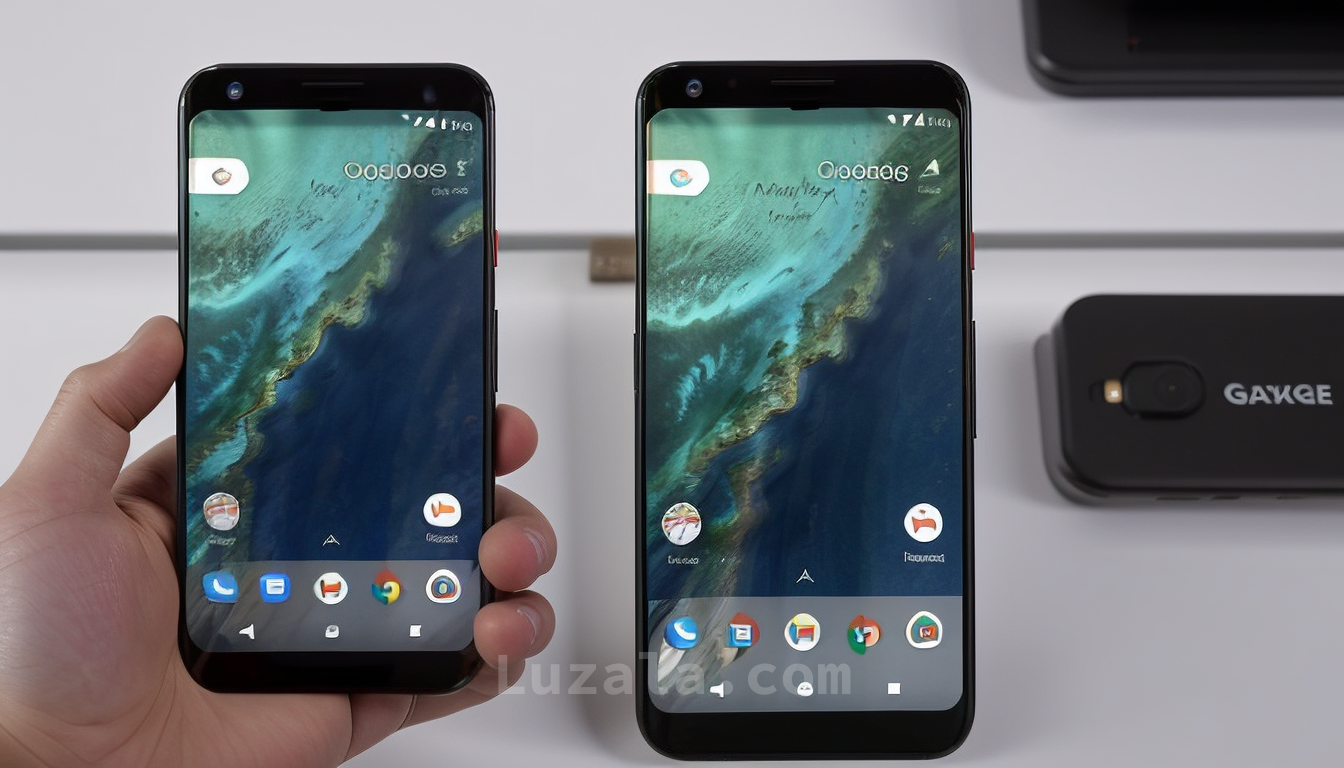
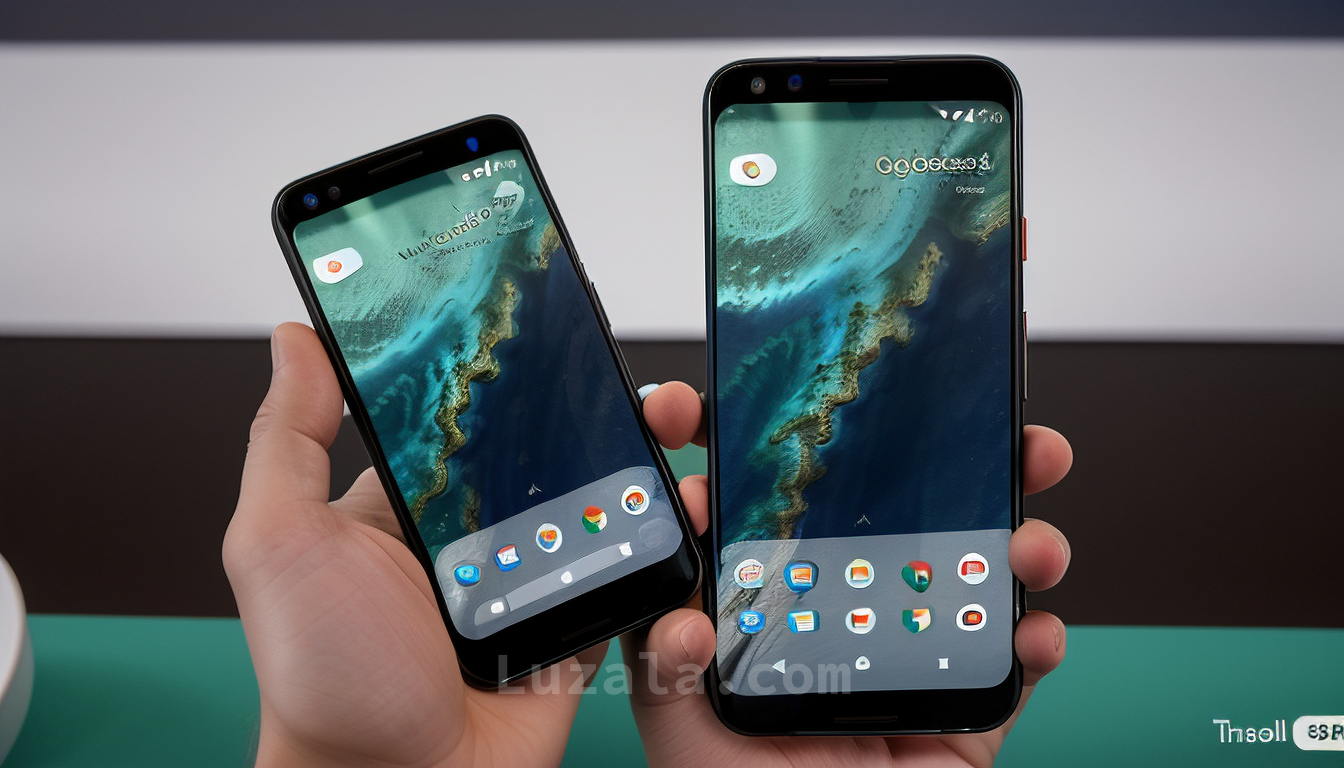





Comments